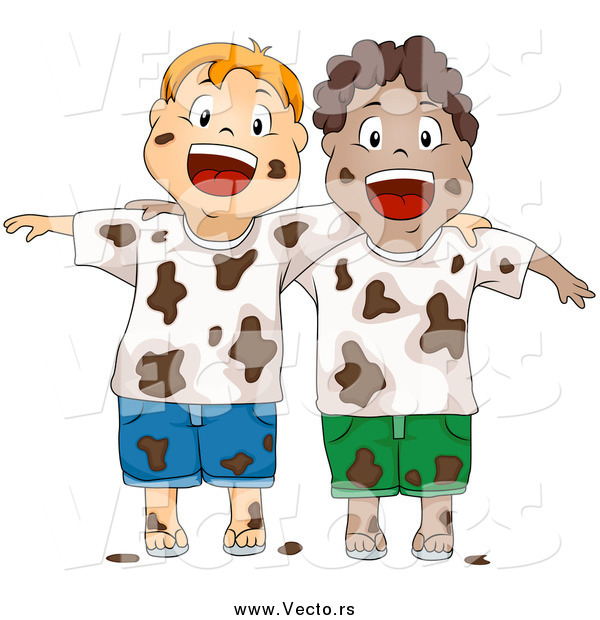
And other times, I was listening or playing music and would associate certain chords or chord progressions, or scales, as this color. I remember there are distinct memories I have of, I considered at the time like a learning disability, my brain would pick up on sounds in a classroom or during a meeting and my mind would try to interpret those sounds rhythmically. It’s debilitating at times, and enhances your abilities at other times: When you first released you had this when you were young, was it just debilitating? When did you realize it could work towards your benefit? For myself, it's been difficult at times and enhances what I do another time. For a lot of people, it's very difficult. It's kind of hard to diagnose so many different kinds.

So many people have synesthesia and don't really know what it is. There's so many different types, and increasingly more and more. Or linguistic personification is exactly what it sounds like, find ordinal numbers, days anything from days to weeks, or letters in the alphabet, you associate with personalities, you start personifying them, I do this more so with music.Īll this is to say, this idea of being a synesthete, myself, and being obsessed with synesthesia, the link between more specific sounds and visual music and color notes and personification of those notes have led to this experiment, which you saw, and is a more physical adaptation of the idea behind synesthesia. It's chromesthesia, which is associating colors with ideas, or sounds, or numbers of letters. So I'm almost, like, turning things into rhythm or making musical sense out of sounds that have no business being musical, which sometimes enhances and is an asset to my storytelling and to making music and being creative, and other times, like when trying to have something as basic as a conversation with another person, very distracting and anxiety-inducing. And if it's identifiable, interpret it into some kind of musical rhythm. So I have, from the tests I've done and from what I've been educated on, chromesthesia, an ordinal, linguistic personification and one that's currently unspecified that I consider obsessive rhythm or rhythmic association where I essentially can't help but turn every regular sounds-to you, you may hear footsteps of someone going up the stairs, or a construction worker banging on a hammer, my mind immediately tries to identify the rhythm. For a lot of other people, it's quite debilitating and anxiety-inducing, and it has been for me, as well, depending on the situation or the symptom. Pharrell considers it, and I agree with him, not a condition, but an asset to an artist or to a musician for specific forms. For a lot of influential people as well, from Duke Ellington to Pharrell to Geoffrey Rush, they all have forms of synesthesia. And it wasn't until fairly recently that I realized that a lot of people have this condition. So for as long as I can remember, I would associate certain sounds, ideas, and more specifically musical ideas as colors, shapes, and personifications. Many people describe hearing colors, feeling sounds, and even as far as tasting shapes.įor me, for as long as I can remember-because I've always thought creatively and through music-music was at the forefront of almost everything that I did. So people with synesthesia, for example, might see a certain color and response to a specific letter of the alphabet. Essentially, a lot of people already know what synesthesia is, but it is a condition where a person's brain links senses together in a very interesting rare manner, prompting unusual sensory responses to stimuli. There's so many different forms of synesthesia. I've been trying my best to educate others while simultaneously being educated, because it is quite intricate and complex. Having synesthesia, what is your relationship with music like? Read Flaunt’s conversation with the man behind the project below!

The four-piece NFT series, including physical offerings, will be available starting Thursday, May 13 on Foundation.
#PEOPLE SEE MUDIC IN COLOR SERIES#
And so the performance art and NFT series titled Synesthesia was born, named after the neurological condition that Mancuso has and that inspired this entire project.

Mancuso performed an original composition four times to create four separate paintings. Advanced machines were created that use midi signals from musical instruments to put paint on a canvas, reading the pitch, note length, dynamics, velocity and range to give it a specific paint stroke. To answer this inquiry, an “experiment” went underway. Not because he can’t see his music, it’s actually quite the contrary, but because other’s can’t see the colors and patterns his mind associates with his tunes.

We all know what music sounds like…but what does it look like? Or more specifically: What does Rudy Mancuso’s music look like? That was the question the actor/musician/internet content creator set out to answer.


 0 kommentar(er)
0 kommentar(er)
